- Joined
- 25 June 2009
- Messages
- 14,673
- Reaction score
- 5,856
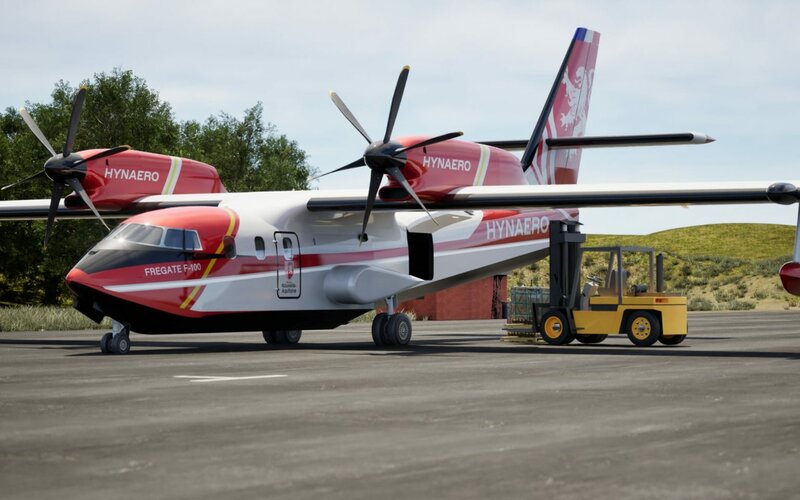
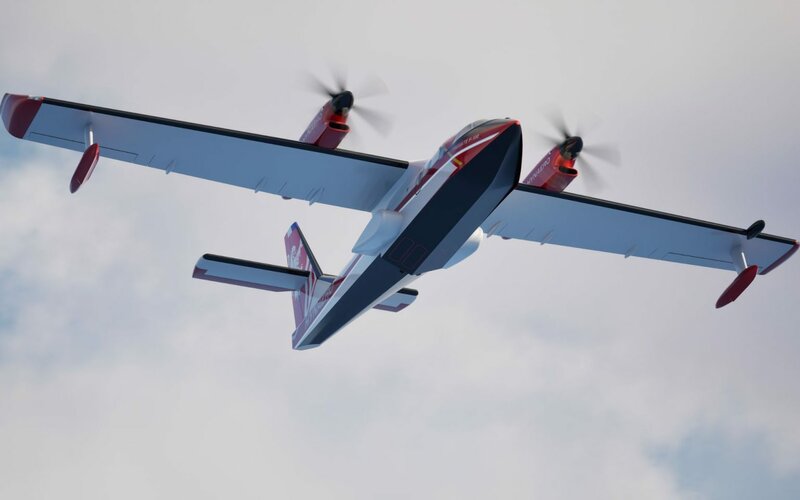
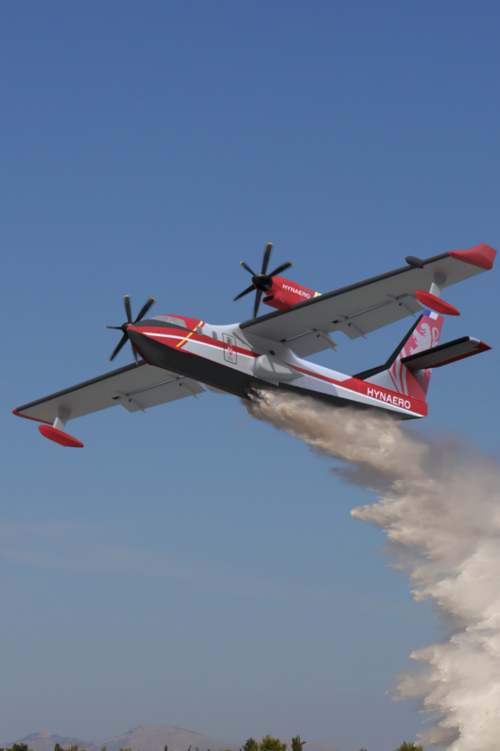 With the rapid demise of the flying boat after WW2, very few such types have enjoyed a large degree of success on the world market. And if we leave out Japan, which still produces quite a few boat-types, given its unique position as a island, most countries no longer produce any — a situation which has proved to be a problem when firefighting is concerned: besides the dedicated Canadair CL-215/CL-415, which is now six decades old, the only other flying boats that could be used for the task were venerable Martin Mars dating back to the mid-1940s!
With the rapid demise of the flying boat after WW2, very few such types have enjoyed a large degree of success on the world market. And if we leave out Japan, which still produces quite a few boat-types, given its unique position as a island, most countries no longer produce any — a situation which has proved to be a problem when firefighting is concerned: besides the dedicated Canadair CL-215/CL-415, which is now six decades old, the only other flying boats that could be used for the task were venerable Martin Mars dating back to the mid-1940s!With the CL-415 design showing its age, and the exponential increase of forest fires all over the planet, there will come a time when the adaptation of vintage aircraft such as the Grumman Tracker will no longer be enough. Not only that, but the current fleets of amphibious aerial firefighting aircraft are aging, reducing aircraft availability and increasing maintenance costs. And to attack and fix the wildfires, only scooping capacity allows autonomy of action and a high rate of rotation. Aircraft of lesser capacity that need to be refueled on the ground do not allow a sufficient intervention rate. There is a need for new designs, new airframes, new construction methods and materials, so that another half-century of fires can be successfully put out.
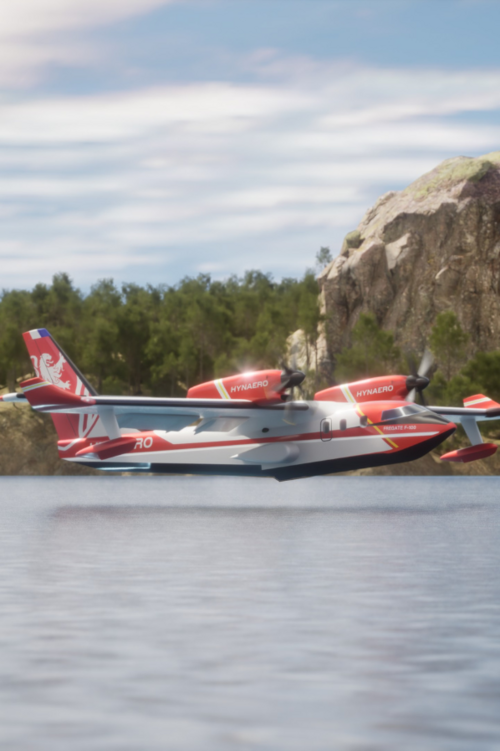 Enter HYNAERO — HY for hydravions and NA for Nouvelle-Aquitaine, the Southwestern region of France (the entire area, especially the Biscarosse lake, was once very active in the field of what used to be called "hydraviation", the industry of seaplane making). This fledgling French aviation company, based in Bordeaux, has designed the FREGATE-F100, the very first dedicated firefighting flying boat in decades. It has developed it as a European program "to provide private and institutional operators with a modern aircraft that meets the challenges of fighting increasingly large and frequent forest fires around the world."
Enter HYNAERO — HY for hydravions and NA for Nouvelle-Aquitaine, the Southwestern region of France (the entire area, especially the Biscarosse lake, was once very active in the field of what used to be called "hydraviation", the industry of seaplane making). This fledgling French aviation company, based in Bordeaux, has designed the FREGATE-F100, the very first dedicated firefighting flying boat in decades. It has developed it as a European program "to provide private and institutional operators with a modern aircraft that meets the challenges of fighting increasingly large and frequent forest fires around the world."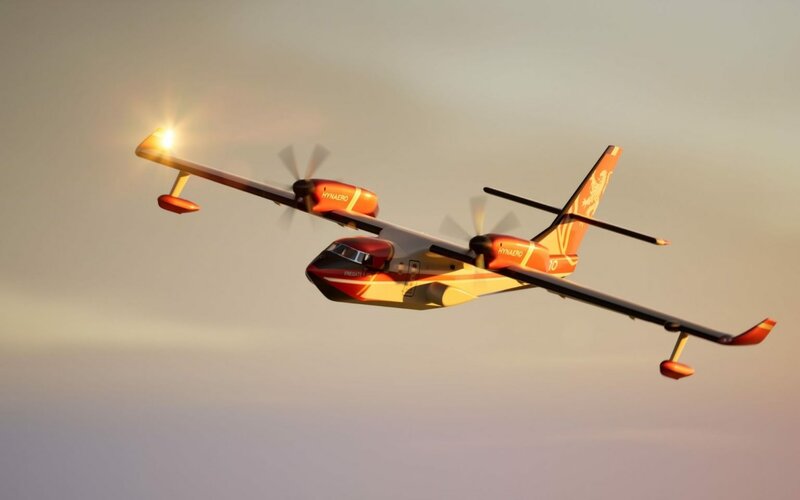 The FREGATE-F100 is capable of operating on the existing network of water bodies currently in use. With a payload capacity of 10 tons of water, the FREGATE-F100 would bring a real leap in capacity, compared to the aircraft that have been a reference until these days. Its 250kts cruising speed would enable early intervention when fire starts, and with more than 4 hours of flight range, it could perform 2.5-hour mission time on fire location, up to 400 km from its base location. Modern fly-by-wire controls would enable more precise piloting and improved safety during the mission, while the head-up displays would makefor better integration of information and operational environment.
The FREGATE-F100 is capable of operating on the existing network of water bodies currently in use. With a payload capacity of 10 tons of water, the FREGATE-F100 would bring a real leap in capacity, compared to the aircraft that have been a reference until these days. Its 250kts cruising speed would enable early intervention when fire starts, and with more than 4 hours of flight range, it could perform 2.5-hour mission time on fire location, up to 400 km from its base location. Modern fly-by-wire controls would enable more precise piloting and improved safety during the mission, while the head-up displays would makefor better integration of information and operational environment.The French press has been very enthusiastic about the project, and the company's website features links to about 60 separate articles, a few from aviation publications, but most from news magazines and such. But public appreciation and press support do not translate into funding! Unless the governments understand the need to back up such programs actively read: financially) the sad images of cities in flames and may well become a commonplace spectacle that we are powerless to observe.

More on the FREGATE-F100 project on HYNAERO's official website:
https://hynaero.com/
<off-topic ranting> I'd like to indulge in a personal comment about this very forum. 15 years ago, it would have seemed improbable that new aircraft designs would remain uncovered for very long. Nowadays, however, this forum has become a very frustrating place to me... When I joined back in the late 2000s, there were a LOT of topics devoted to old projects, to defunct manufacturers; there was a sharp interest for the rare and the forgotten. It seems to me that a vast majority of the topics nowadays deal with modern combat aircraft, vehicles, ordnance... in one word: war, and all the aspects thereof, seems to have become the focus of the forum.
As a lover of aircraft design and development, who has gradually shifted his interest from military to civilian types, I find that this forum is a pale reflection of what it used to be. I used to always learn and discover new stuff, but today, I can browse a list of dozens of updated topics for the day and not find a single one that I want to read. Don't get me wrong, I know there are still a handful of folks out here who are like me: but as we advance in age, it seems that the younger generation isn't very interested in either old aircraft/defunct companies or current non-airliner commercial projects.
Which leads me to the subject of this topic: browsing through aviation magazines of the past few years, I keep coming across great projects, and of course my initial reaction is always: cool! I'm sure there's already a topic on the subject at Secret Projects. The sad truth is that half of the time there isn't (unless it's a current military program of course, in which case there will be literally dozens of pages where people discuss endlessly...). So, for all it's worth, and at the risk of interesting only a handful of enthusiasts, I'm going to share more and more of those seemingly left out commercial projects, if only to balance out the current military topics in the "What's new" list... </off-topic ranting>
Attachments
-
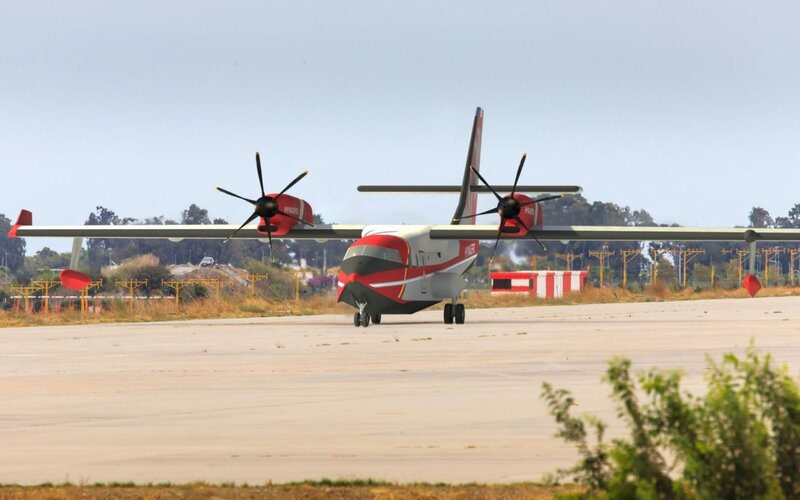 26-1536x960.jpg124.1 KB · Views: 26
26-1536x960.jpg124.1 KB · Views: 26 -
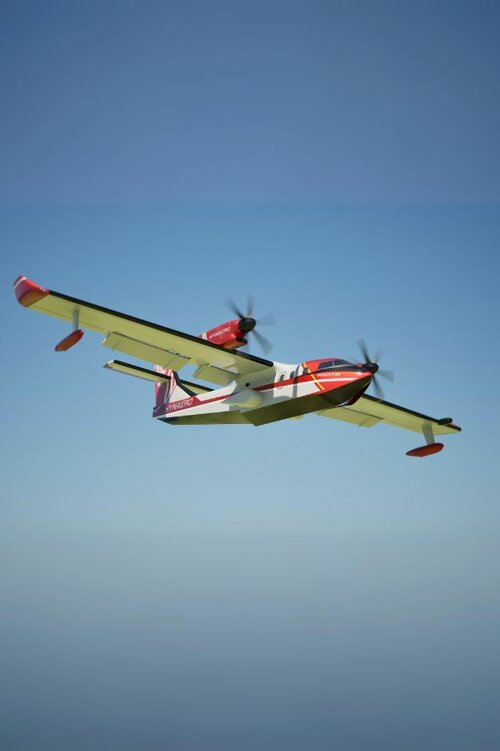 Design-sans-titre-2.jpg27.2 KB · Views: 22
Design-sans-titre-2.jpg27.2 KB · Views: 22 -
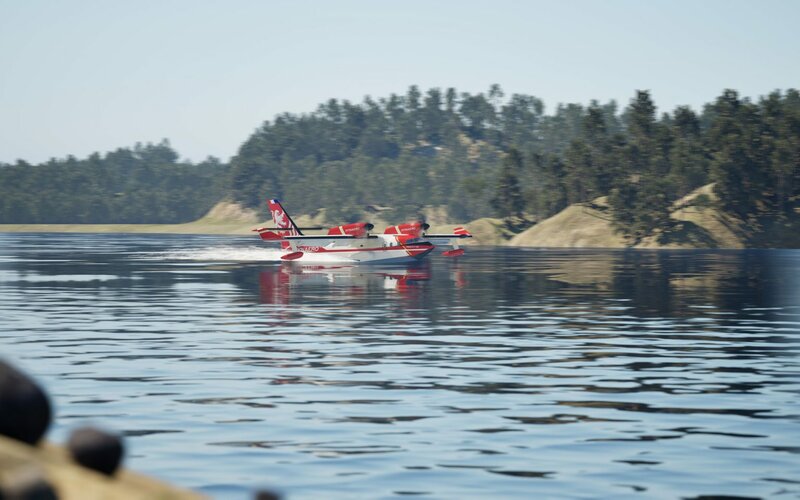 Fregate-FA100-Hydravion-Francais3-1536x960.jpg169.6 KB · Views: 19
Fregate-FA100-Hydravion-Francais3-1536x960.jpg169.6 KB · Views: 19 -
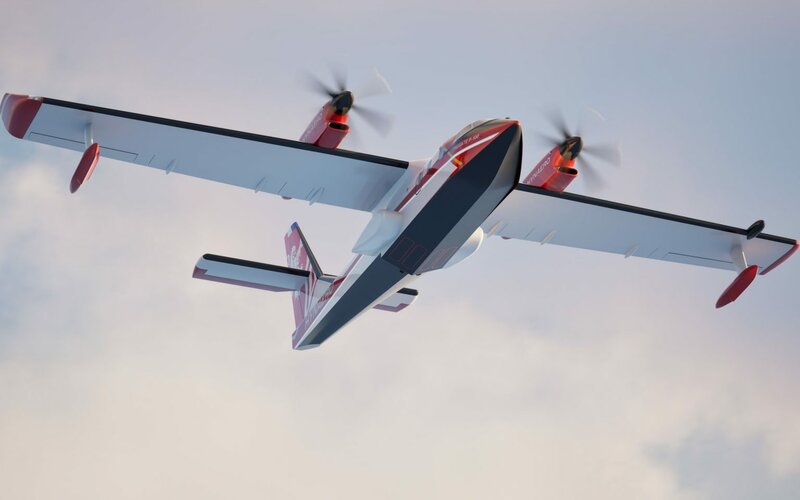 Fregate-FA100-Hydravion-Francais5-1536x960.jpg60.4 KB · Views: 19
Fregate-FA100-Hydravion-Francais5-1536x960.jpg60.4 KB · Views: 19 -
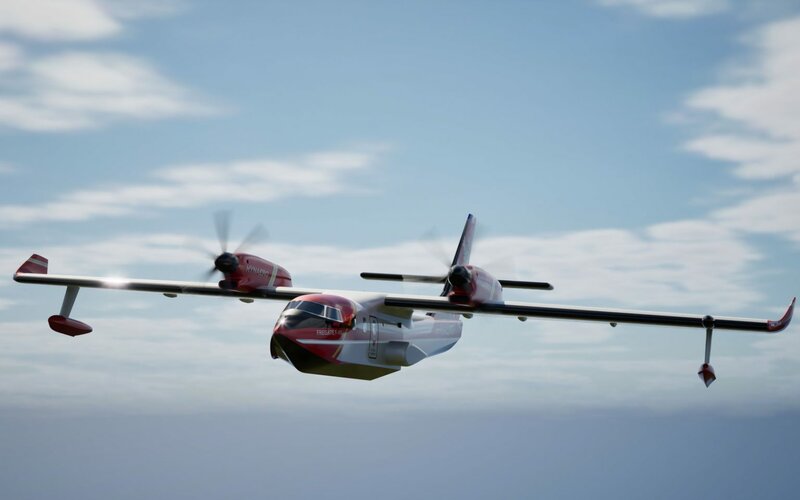 Fregate-FA100-Hydravion-Francais6-1536x960.jpg65.2 KB · Views: 18
Fregate-FA100-Hydravion-Francais6-1536x960.jpg65.2 KB · Views: 18 -
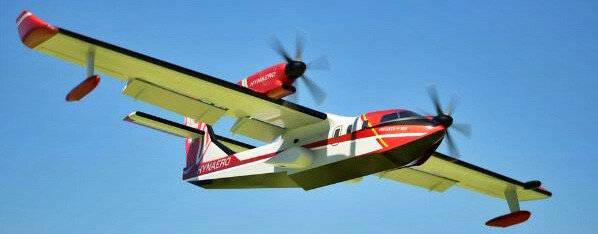 HYNAERO Frégate-F100.jpg34.9 KB · Views: 20
HYNAERO Frégate-F100.jpg34.9 KB · Views: 20 -
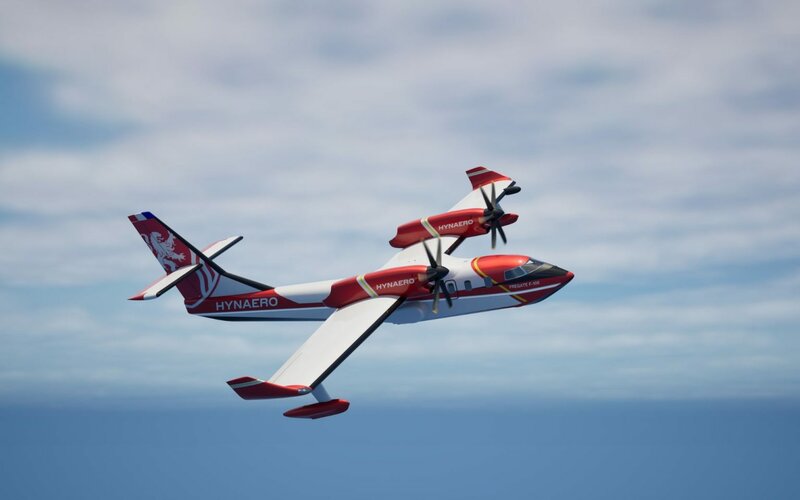 hynaero-bombardier-eau-nouvelle-generation-1536x960.jpg63.7 KB · Views: 21
hynaero-bombardier-eau-nouvelle-generation-1536x960.jpg63.7 KB · Views: 21 -
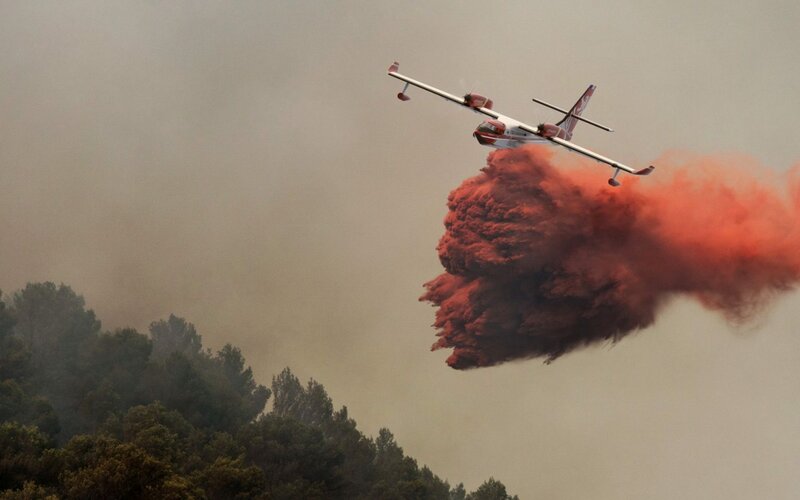 hynaero-combardier-eau-fabrique-en-france-1536x960.jpg106.3 KB · Views: 23
hynaero-combardier-eau-fabrique-en-france-1536x960.jpg106.3 KB · Views: 23 -
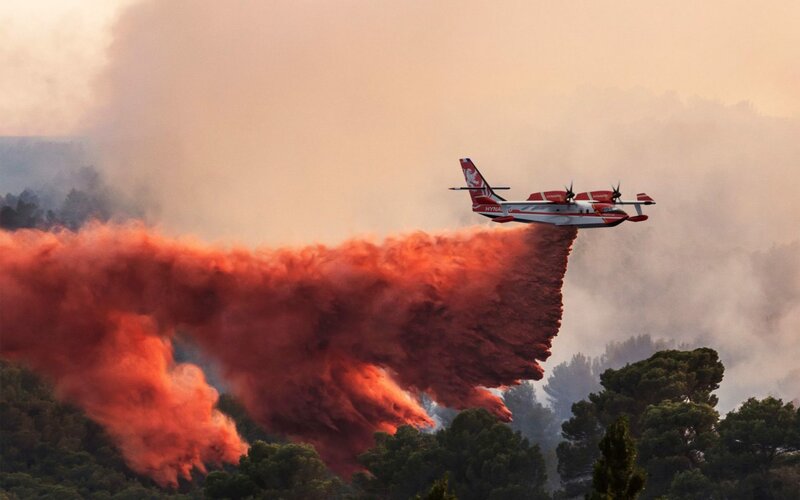 hynaero-european-firefighter-1536x960.jpg120.2 KB · Views: 21
hynaero-european-firefighter-1536x960.jpg120.2 KB · Views: 21 -
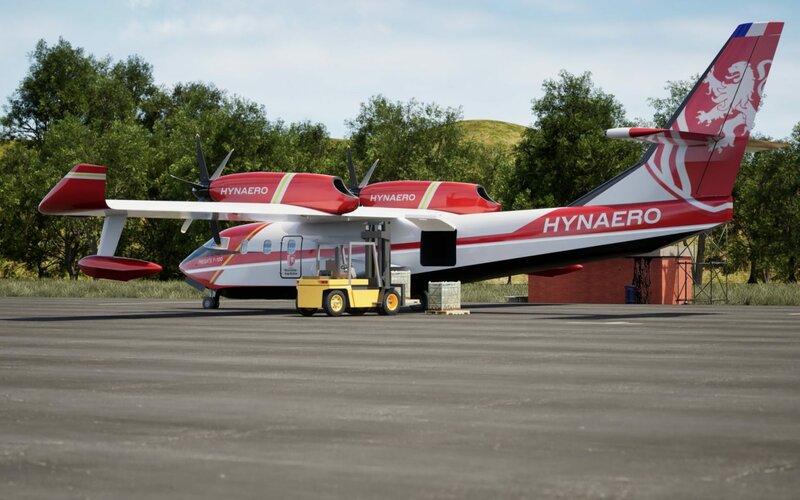 hynaero-firefighter-european-1536x960.jpg188.9 KB · Views: 24
hynaero-firefighter-european-1536x960.jpg188.9 KB · Views: 24 -
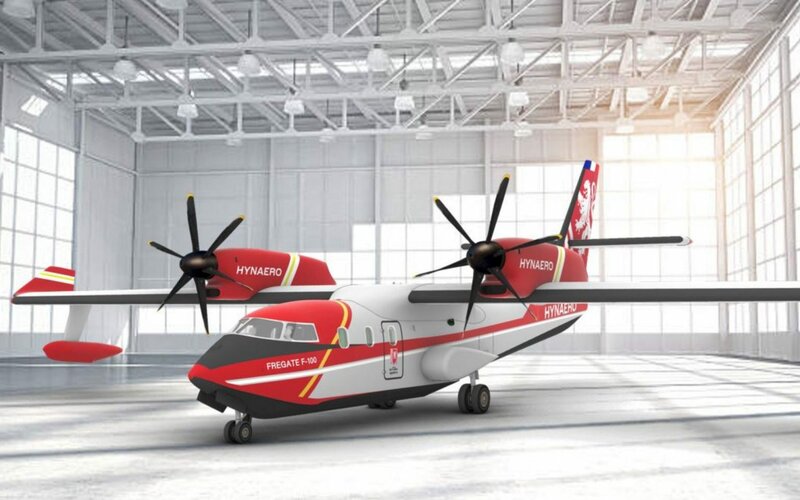 Hynaero-hydravion-bombardier-d-eau-europe-1-1536x960.jpg155.4 KB · Views: 22
Hynaero-hydravion-bombardier-d-eau-europe-1-1536x960.jpg155.4 KB · Views: 22 -
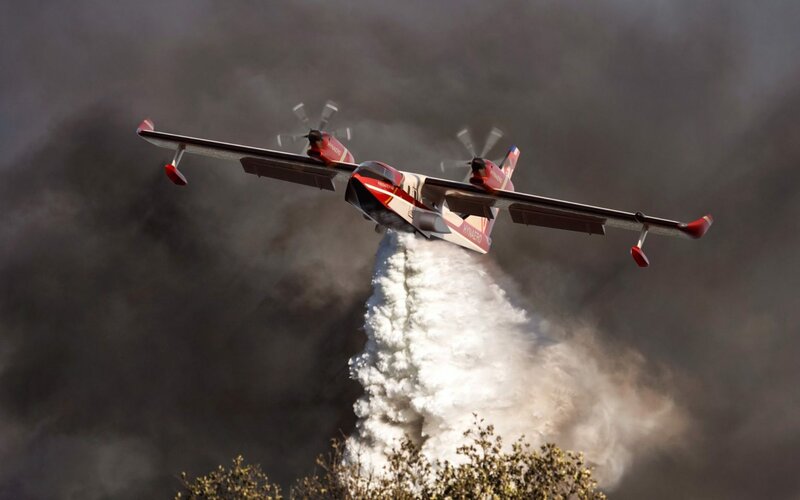 hynaero-hydravion-bombardier-d-eau-fabrique-en-france-1536x960.jpg98.6 KB · Views: 27
hynaero-hydravion-bombardier-d-eau-fabrique-en-france-1536x960.jpg98.6 KB · Views: 27 -
 collage2.jpg110.4 KB · Views: 39
collage2.jpg110.4 KB · Views: 39 -
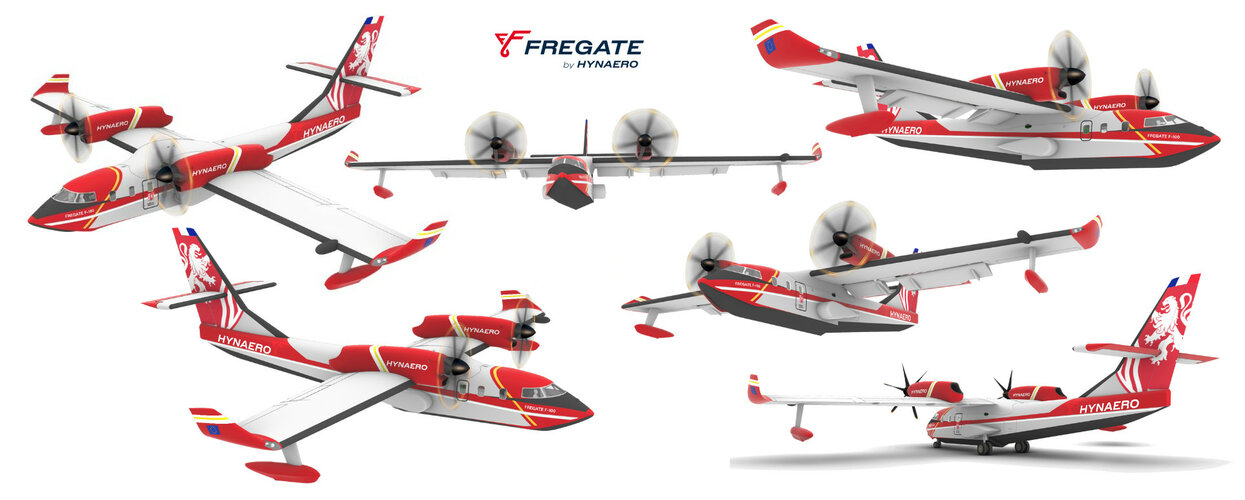 collage3.jpg222.7 KB · Views: 38
collage3.jpg222.7 KB · Views: 38
Last edited:
